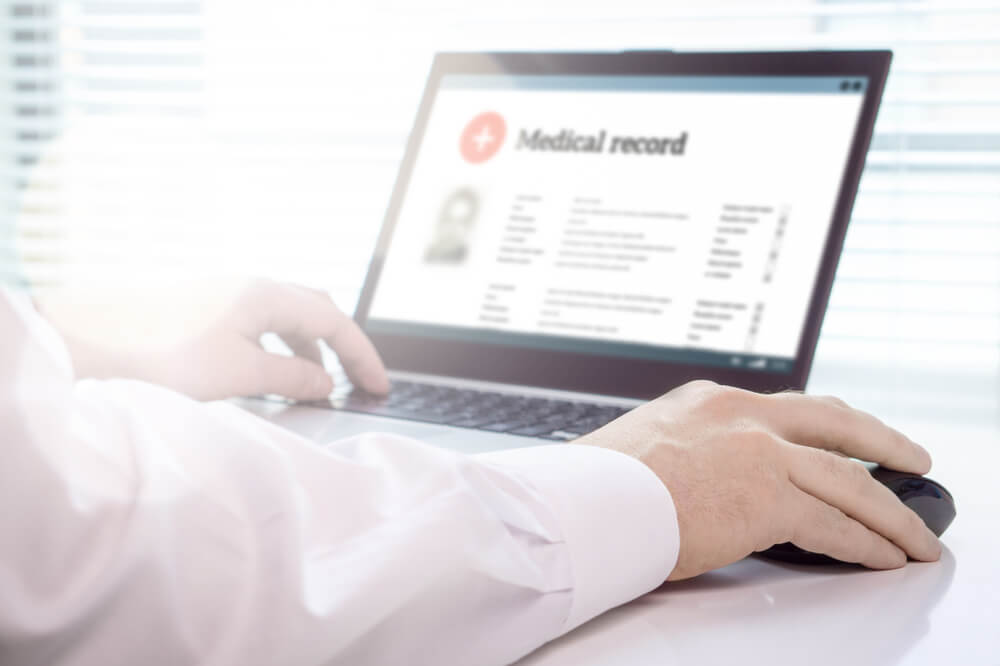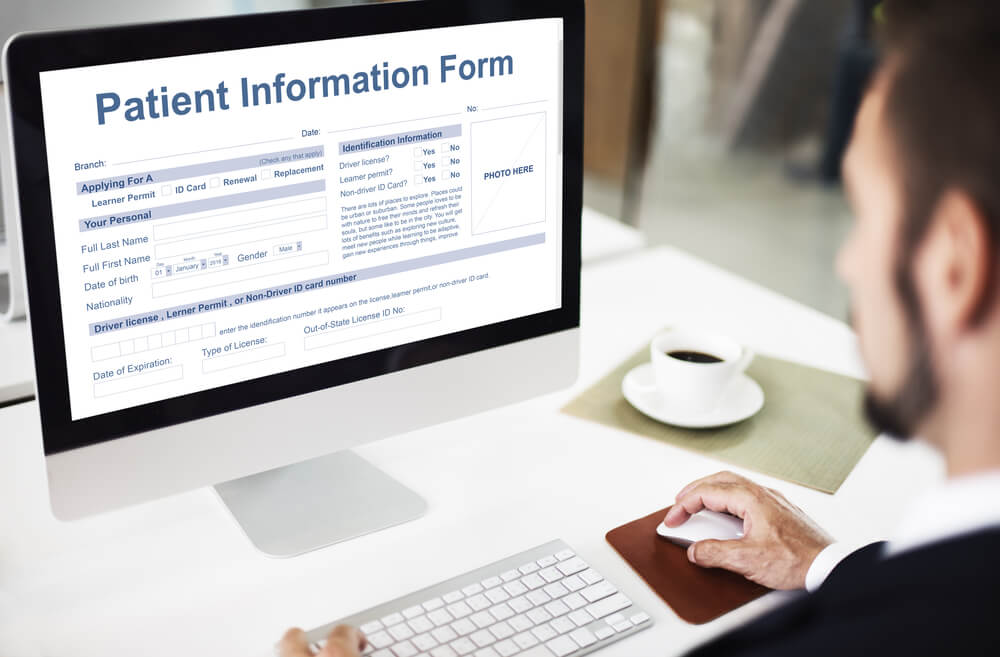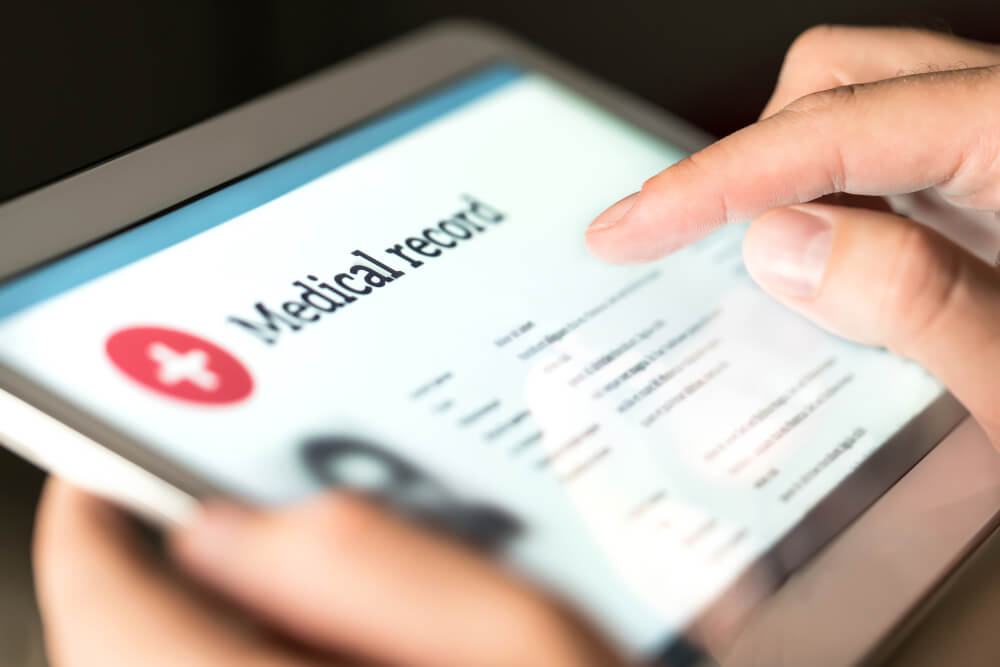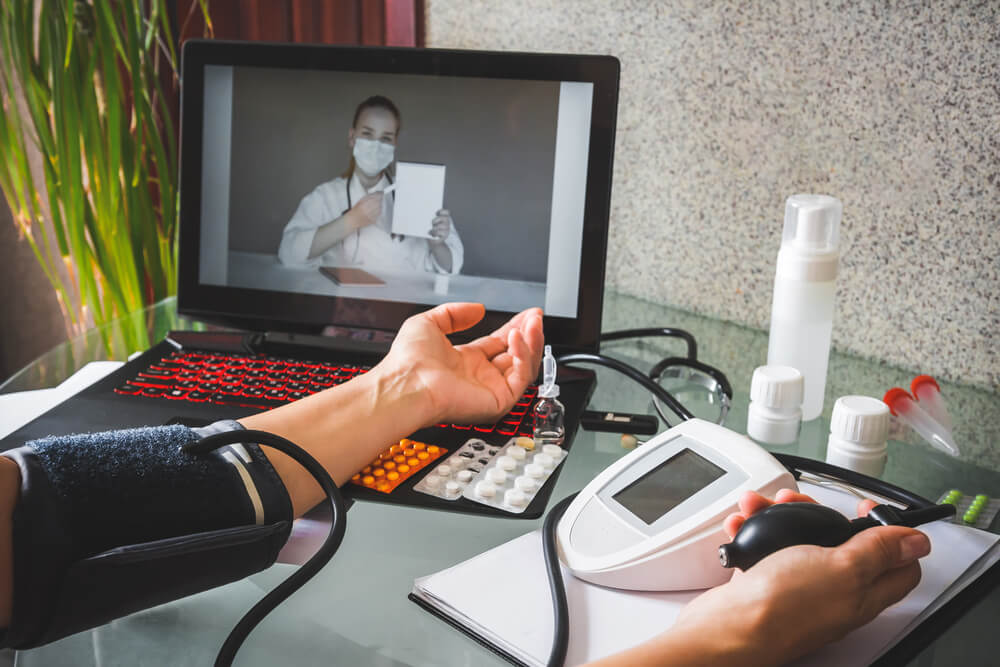With the widespread transition from paper-based documents to electronic records, the entire care delivery process is incredibly streamlined and enhanced.
Physicians are highly appreciative of the benefits that accrue from digital health technologies, especially Electronic Health Records (EHRs). With the widespread transition from paper-based documents to electronic records, the entire care delivery process is incredibly streamlined and enhanced. Here are five reasons why physicians love EHR:
Reduced Paperwork

The most widely celebrated benefit of EHRs is the elimination of several paper-based tasks, such as handwritten prescriptions and handwritten office notes. Handwritten records can be illegible and cannot be easily shared with other caregivers. On the contrary, electronic records stored over EHRs do not suffer legibility issues and can be readily shared across clinical settings with other providers. With EHRs, patient charts can be easily retrieved with a simple click of a button and can be viewed by more than one caregiver at a time. The data stored in EHRs is structured, standardized, and easy to share.
Better Documentation

Information stored in EHRs is more E/M compliant, more accurate, more legible, and complete. This leads to better documentation of patient encounters and hence, better reporting. Before the adoption of EHRs, physicians suffered several errors in documents, such as prescription notes. However, with EHRs, the chances of errors are significantly reduced, which then enhances the note-taking and documentation processes, reducing errors along the way.
Mobility

With an effective EHR system in place, the physicians no longer need to be tied to their desks for delivering patient care. Instead, they can access medical records from anywhere outside their office settings, finish documenting notes, and respond to patient queries at convenience. Majority EHRs are smartphones- and tablets- compatible, which essentially allows greater flexibility for the physicians in terms of time management.
Mobility is a value add-on for specialties that utilize a lot of imaging, like ophthalmology. Having access to the visual medical information on the go significantly aids the ophthalmologist to provide care promptly. Moreover, it saves the costs of repeatedly printing x-ray images and other critical visual data. Hence, mobile data sharing offers a faster and cheaper alternative for distributing medical images, which then makes a significant difference in delivering quality patient care.
Patient Engagement

The majority of the physicians greatly acknowledge the role of EHRs in empowering patients to engage in self-care. EHR-integrated patient portals allow patients to take more initiative in managing their care. They can schedule appointments online, file electronic medication refill requests, and pose critical questions to the providers for their health-related problems. At the other end of the spectrum, the providers can quickly respond to all these queries with ease and convenience, and only with a few clicks. Increased patient engagement inevitably translates into reduced physician workload and improved patient outcomes.
Positive Return on Investment

EHRs significantly eliminate several costs associated with the care delivery process. By streamlining the workflows at the practice, EHRs enable the physicians to reap significant cost savings. An efficient EHR enhances productivity, allowing physicians to see more patients every day. It facilitates streamlining visit notes, physician orders, follow-ups, and billing, thereby enabling the providers to be more productive. On a similar note, EHRs also improve the operational efficiency of the practice by decreasing the need for operating personnel, again reducing overhead costs. It eventually enhances the revenue prospects of the practice. Moreover, certified EHR systems can also facilitate the practice to qualify for government Meaningful Use incentives. Collectively taken, the practice enjoys increased revenue due to streamlined workflows, more accurate medical coding and billing, and reduced administrative costs.
How can CureMD Help?
CureMD offers a comprehensive state-of-the-art EHR solution that can be customized to fit into your practice’s workflows. CureMD EHR is ONC 2015 Edition certified and MIPS and Meaningful Use Stage 3 ready. It supports a user-friendly interface and comes with an integrated patient portal and Practice Management solution to boost productivity and performance at your practice. Offering cutting-edge user-experience for a revolutionary approach to practicing medicine, CureMD EHR is a preferred choice of leading providers across the U.S.

Join the Discussion!